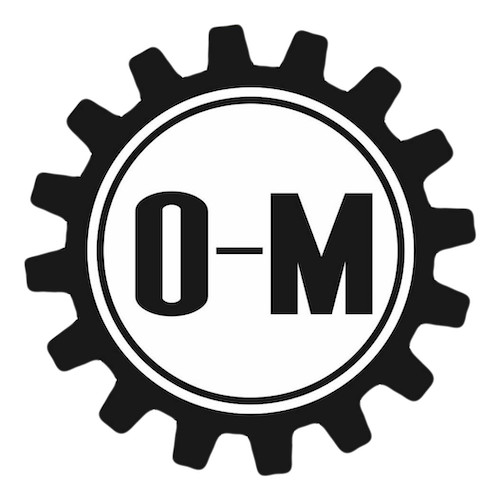Your feet are a vital part of your health and wellness. When functioning properly, they provide a stable base and proper alignment while you perform your daily activities. In our office, we see an alarming amount of patients with foot pain, which means something is interfering with proper foot function. A quick inspection yields the reason: foot deformities. Collapsed arches, bunions, hammertoes, and the most common culprit, Hallux valgus, are all present in these patients.
Foot Woes Are A Modern Phenomenon
Historically, we find very few reports of the same types of issues that plague people now. Early Greek, Roman, and Egyptian civilizations wore thong-type sandals or went barefoot, and foot deformities were practically unheard of. In places of the world where the population continues to wear minimal footwear, like in Central America, we also see very little incidence. Even in colder climates that require closed-toed shoes, foot trouble was still uncommon until the Industrial Revolution. So, what’s going on? How have shoes changed, and what did that do to our feet?
Modern Shoes Cause Foot Deformities
Beginning during the Renaissance, we saw the introduction of platforms attached to shoes so the wearer would appear taller. While the platform itself wasn’t terrible (it ran the length of the foot), it eventually became the pre-curser to the modern heel. Instead of raising the entire foot equally, it only raised the heel – even in men’s shoes. This design persists until today, in both men’s and women’s shoes. Even a “flat” loafer might have a 1/4″ heel. The popularity of the heel also coincided with the trendy development of a pointed toe. The combination of an elevated heel and a pointed toe is still a preferred look, especially for women, and our feet are bearing the consequences.
Elevating the heel shortens the Achilles tendon, and this problem is not limited to women’s shoes. Military and work boots, for example, often contain a sole with an elevated heel. Modern shoes are almost universally manufactured to be narrow, coming to a point or a rounded toe. Putting the foot in an improper position day in and day out causes significant foot remodeling over time. If you need a visual example, simply look at the shape of a young child’s foot as compared to an adult foot. Adult feet typically display:
- Hallux valgus
- Bunions
- Corns
- Overlapping toes
- Hammertoe
- Decreased mobility
None of this is normal! The effects can lead to pain all the way up the body.
What Can You Do?
When we see patients in our office with significant foot damage, we always recommend re-evaluating their footwear. We can work on the soft tissues in the feet, but if you continue to squeeze them into small, narrow high heels, you won’t see much change. We recommend a foot scan to see if you need arch support (most people do, with age). Custom orthotics and wider, less restrictive shoes will go a long way toward healing. Many ergonomic brands are making stylish, properly fitting shoes now! For more information about foot health, and more specific guidance, book a session with us. We’ll discuss your issues and develop a treatment plan to get your feet – and therefore yourself- more healthy!


